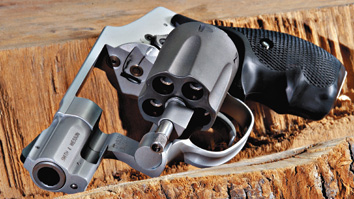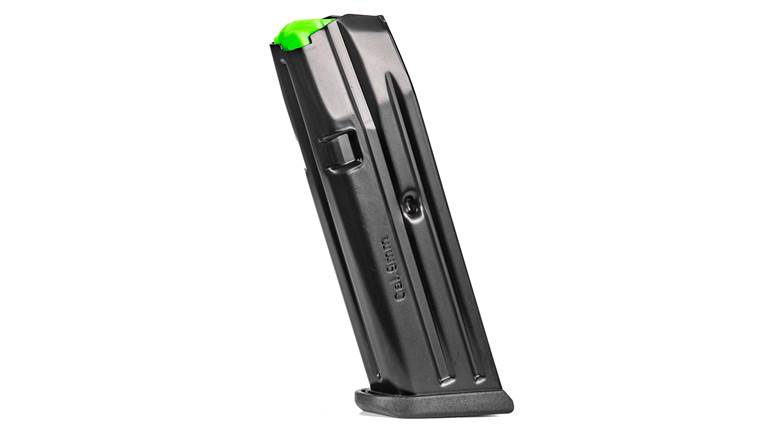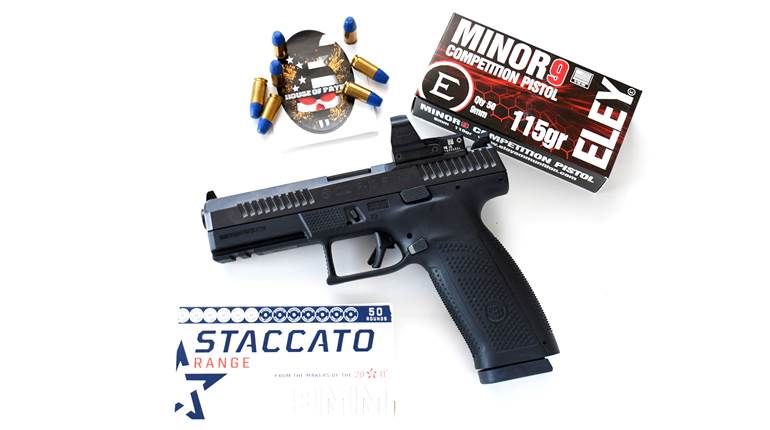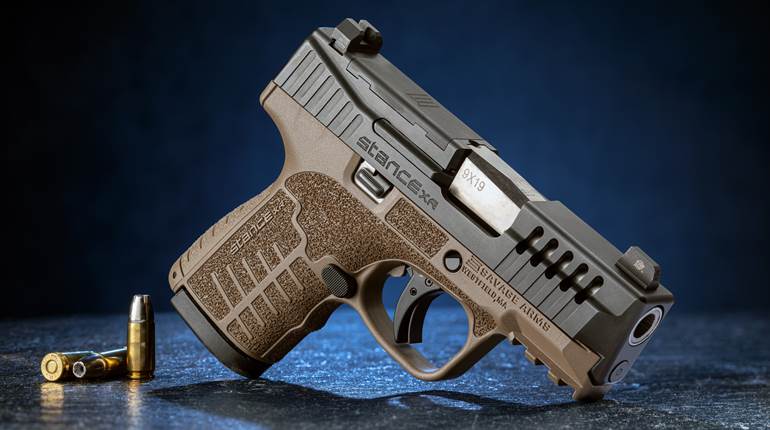
A few years ago, I was deeply involved in persuading Smith & Wesson to build a particular model for the concealed-carry handgunners of this country. As many readers are aware, I am a big fan of the internal-hammer Centennial revolvers. I have been carrying them daily since the early ’70s and consider them to be the ideal concealed-carry handgun. Naturally, I was delighted when the company developed a light .357 Mag. Centennial, and I carry one of these every day. But, in a handgun world awash in 9 mm semi-autos, I felt-and still feel-that the company needed to offer a light 9 mm.
Thus began a series of experiments to prove that this might be a good idea. The firm did offer a stainless steel 9 mm Centennial at this point in time, but it was too heavy to expect habitual carry by all but the most dedicated. I ran a series of chronograph tests comparing velocities of the same basic gun in 9 mm Luger and .38 Spl. If you kept bullet weights the same-124 to 125 grs. and 147 to 150 grs. in both cartridges, the results were surprising. The 9 mm gun turned in faster speeds than the .38 Spl. Since the company used the same basic platform for both calibers, the shorter 9 mm round had a lot of freebore in the cylinder. I assumed that the reason for the velocity disparity was the so-called “jump” in front of the cylinder.
It may have been a contributory factor, but I am now convinced that there is another reason. I don’t believe the barrels on those early J-frame 9 mms were really 9 mms. I think they were .38 barrels marked 9 mm. The smaller 9 mm bullet was a looser fit in the larger bore and the velocity was therefore higher. And I also believe that this makes little difference in a short-range defensive handgun. A light 9 mm Centennial is still a good idea.




































